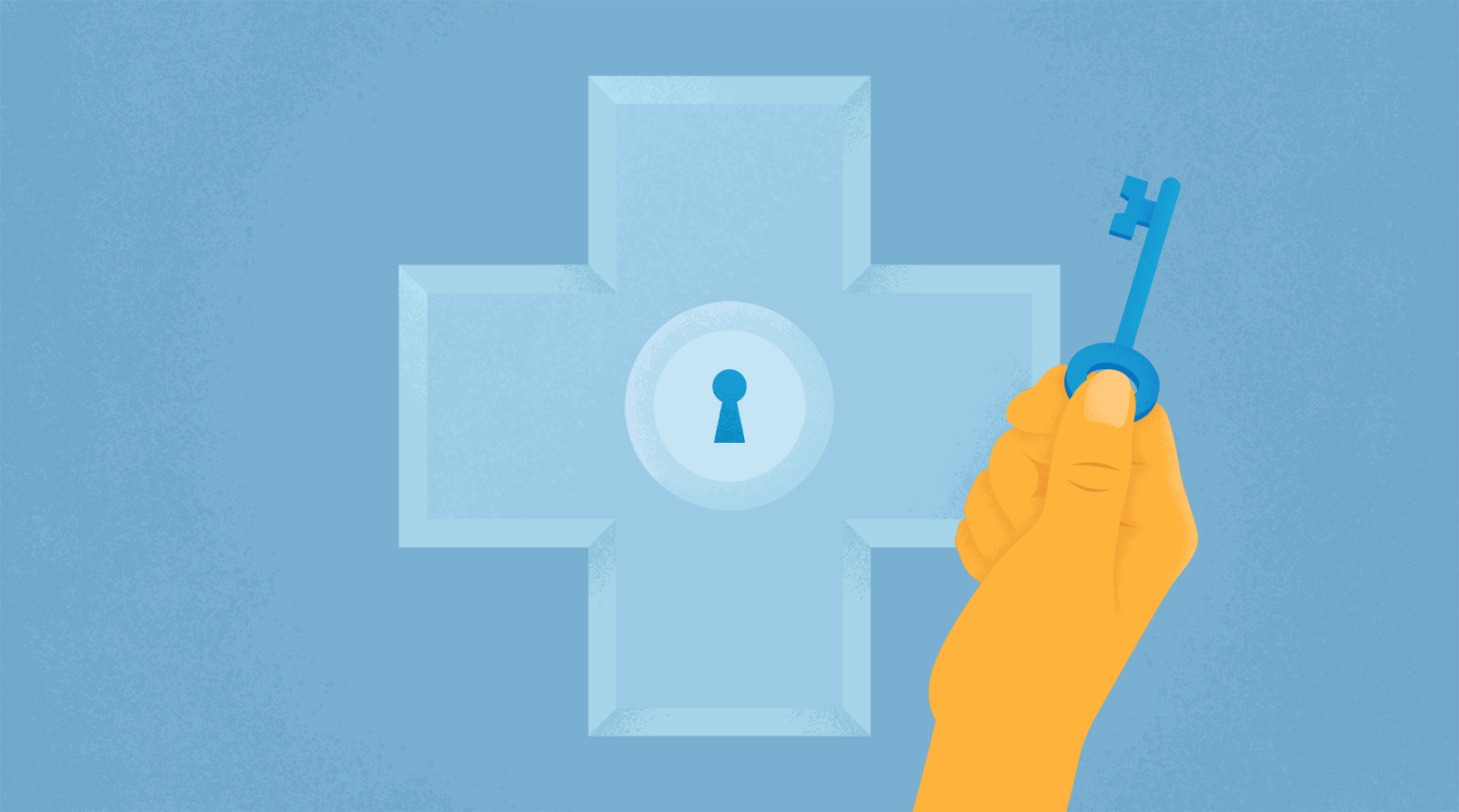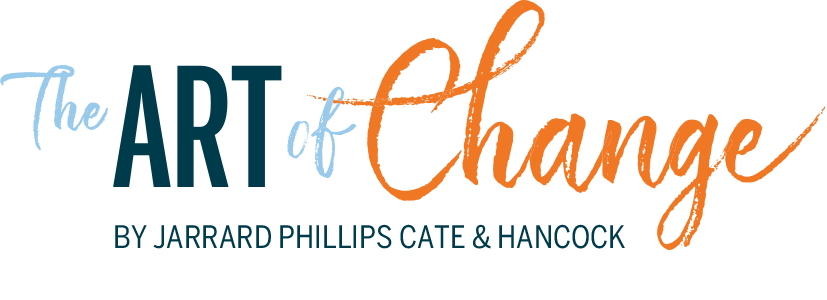
A Word from the CEO
You’ve seen the headlines. Heard the pundits. And are saturated in the what, the why, the how and the data of healthcare inequity.
But let’s get some consensus on what health equity is. Personally, I respond to the simplicity and ambition of the Robert Wood Johnson Foundation’s take on the definition:
“Health equity means everyone has a fair and just opportunity to be as healthy as possible. This requires removing obstacles to health such as poverty, discrimination, and their consequences, including powerlessness and lack of access to good jobs with fair pay, quality education and housing, safe environments, and health care.”
Of course, achieving that isn’t at all simple.
A positive step toward this goal is fact that health inequity is buzzing loudly throughout the national conversation. People are taking action. And there are signs of progress.
We are problem solvers at Jarrard Inc., embracers of change, challenge and opportunity. That’s why this volume of Art of Change takes a hard look at what’s being done right, what’s within our reach, what’s on the horizon. We’re highlighting the people and providers who’ve been doing it right all along and the talented upstarts who are generating the next great best practices.
We hope you find these stories of those tackling inequity on the front lines helpful to you and your organization. In this volume, you’ll hear from:
- Leaders of three metropolitan community clinics serving minority and refugee populations;
- The chief medical officer of Kroger Inc., one of the nation’s largest grocery chains;
- A multi-tasking physician who operates a massive health ministry from and for her church;
- A pharmacist who spends his days in barbershops carrying out health screenings; and
- Many others.
Learning how these individuals put their missions into action, I’ve been struck by several powerful forces:
- The necessity of operating with a definition of “healthcare” that includes a holistic view of an individual’s physical, mental, emotional and spiritual wellbeing
- The discernment needed to recognize that providers come in all forms – nurses, pharmacists, doctors, grocers, clergy – even barbers – all of whom are integral to remedying inequities
- The incredible compassion and great ingenuity brought to bear on problems of health equity by healthcare organizations, big business and individuals
- The strengthening of existing partnerships and the formation of new ones – at times, even those between fierce competitors
- The incalculable value of trust developed over time through patience and one-on-one conversations between staff and patient
- The need for greater health education to complement improved access
But back to simplicity. Perhaps the biggest takeaway is that simply going to people rather than waiting for them to come to us may be the most effective way to change the trajectory for so many individuals and, by extension, society.
I’m encouraged.
Enjoy the read.
